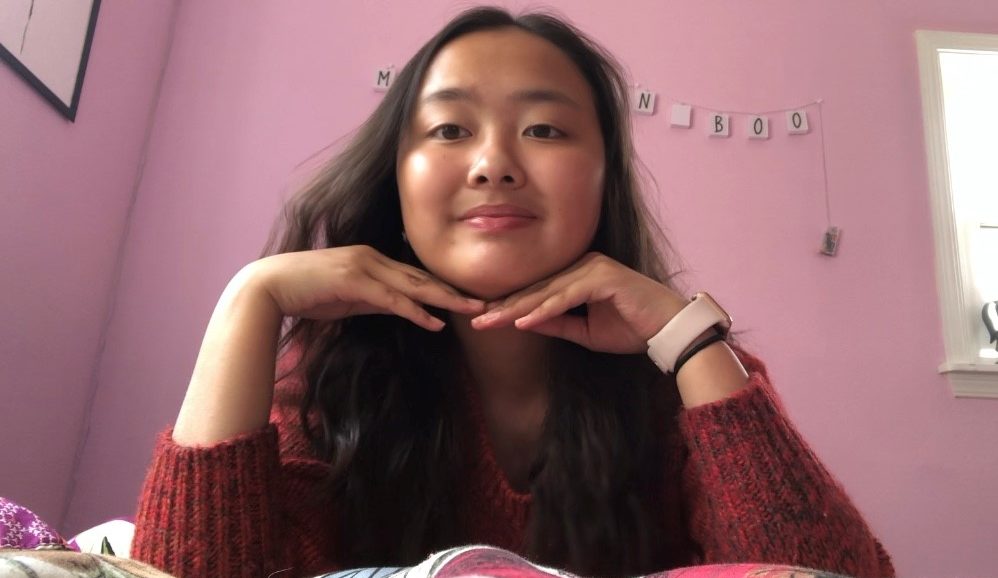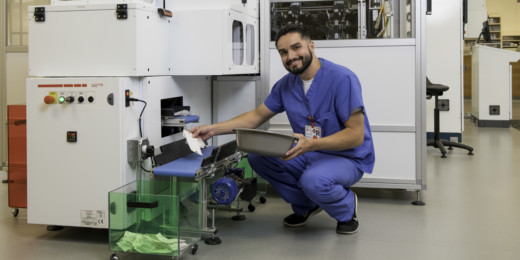Fourteen-year-old Athena Tran celebrated an important personal milestone this week: It's been one year since she received a heart transplant at Lucile Packard Children's Hospital Stanford.
Athena was diagnosed with restrictive cardiomyopathy, a form of heart failure, when she was in fifth grade. This week, in honor of the anniversary of her surgery, the hospital published a personal narrative Athena wrote about what it was like to live with the disease, suffer a stroke and go through a heart transplant all before she started high school.
Here she describes how she found out that a matching heart had been found for her:
On Sunday, December 2, my dad was out of town for a day. That night, my cousin came to stay in the hospital with me because my mom had to stay with my brother at home. We were walking and I said, 'The other kid at school who was waiting for a transplant just got his heart a week ago. I think I'm next.'
The next evening (before my dad returned from his trip) the nurse took my vital signs before I went to bed. I didn't have a data plan yet, so my parents always texted me on Snapchat. The nurse stood there tapping the monitor. My phone dinged. It was a text from my dad. I opened Snapchat and read his message. “You got a heart,” it said. I accidentally exited the chat screen. For those of you who use Snapchat, you know that a message disappears if you don’t save it. I tapped the chat again, but the message was gone. I looked at the nurse. “My dad says I got a heart?”
The whole story is definitely worth reading.
Photo of Athena courtesy of the Tran family.




